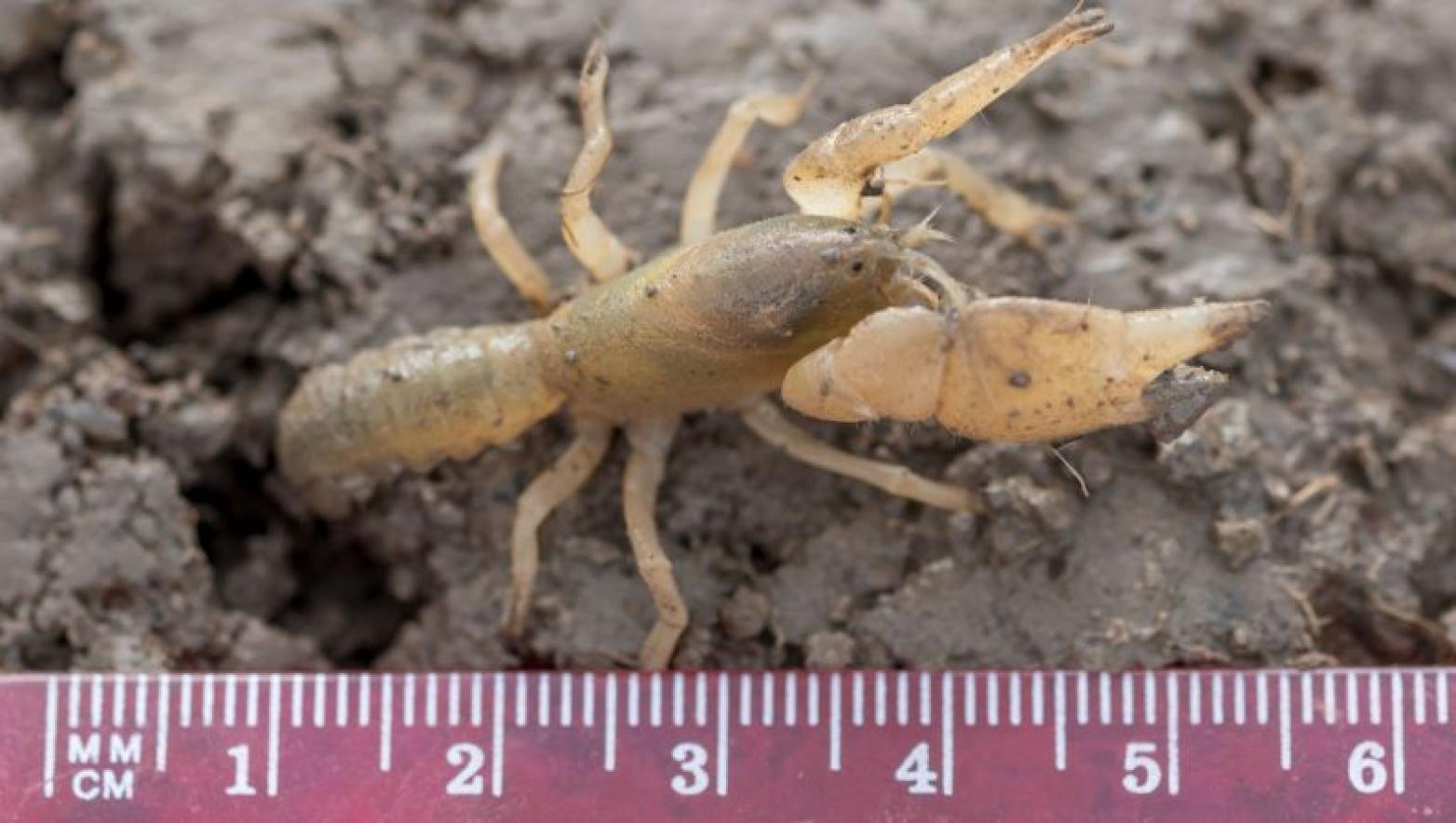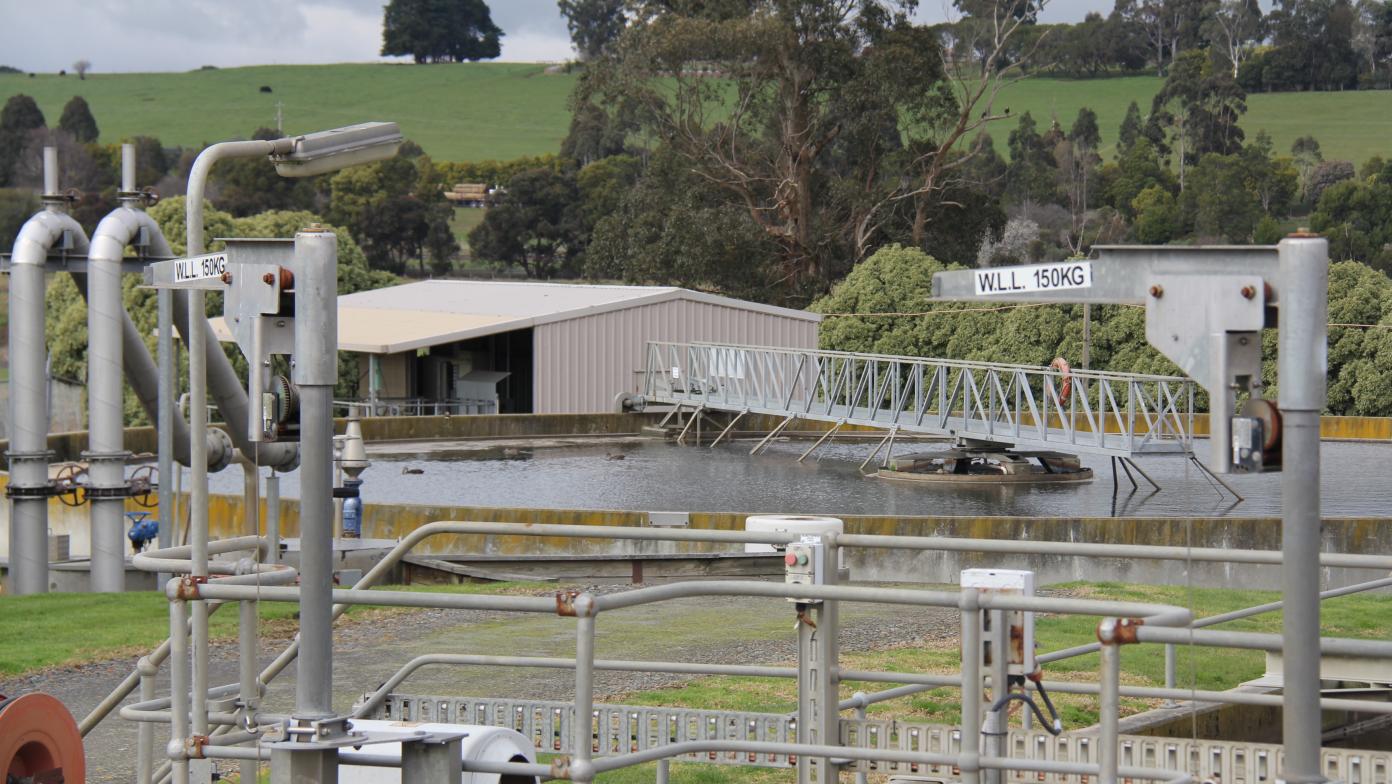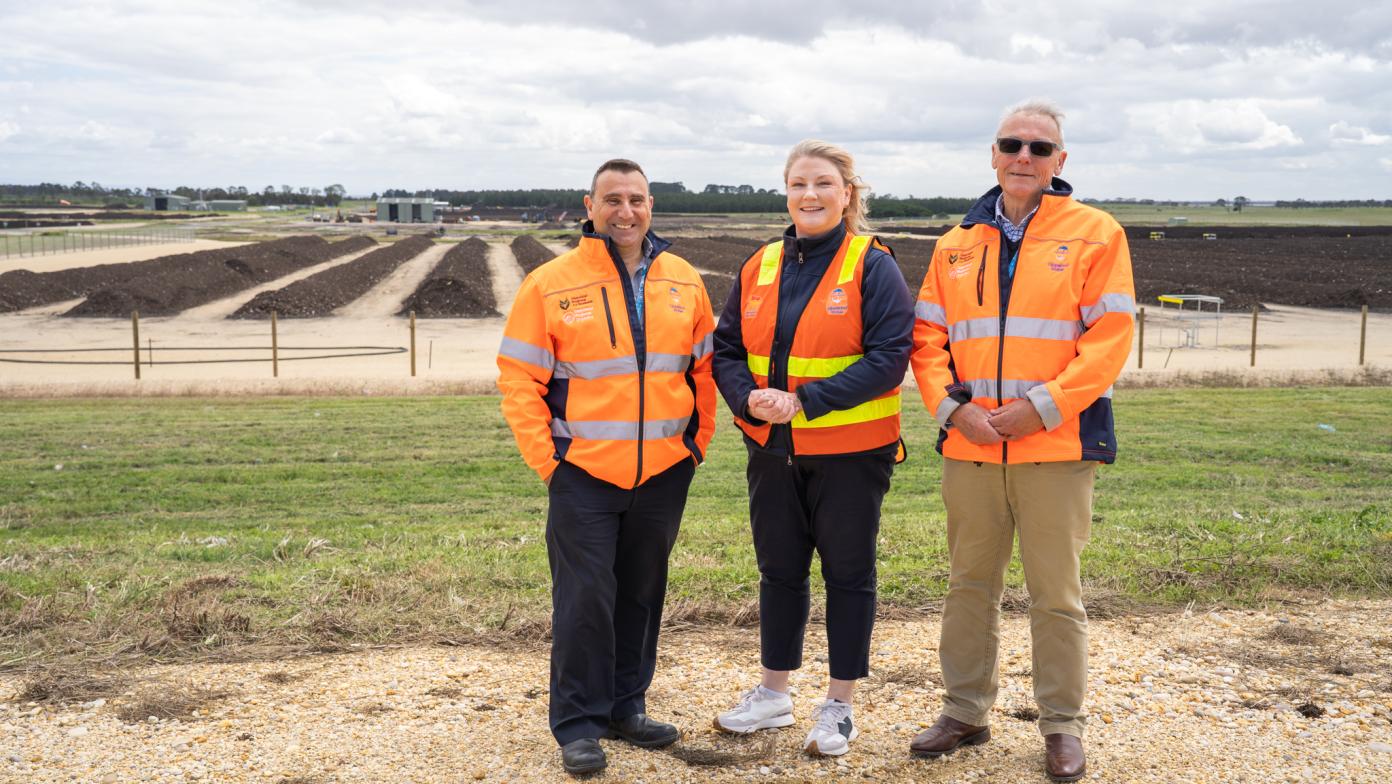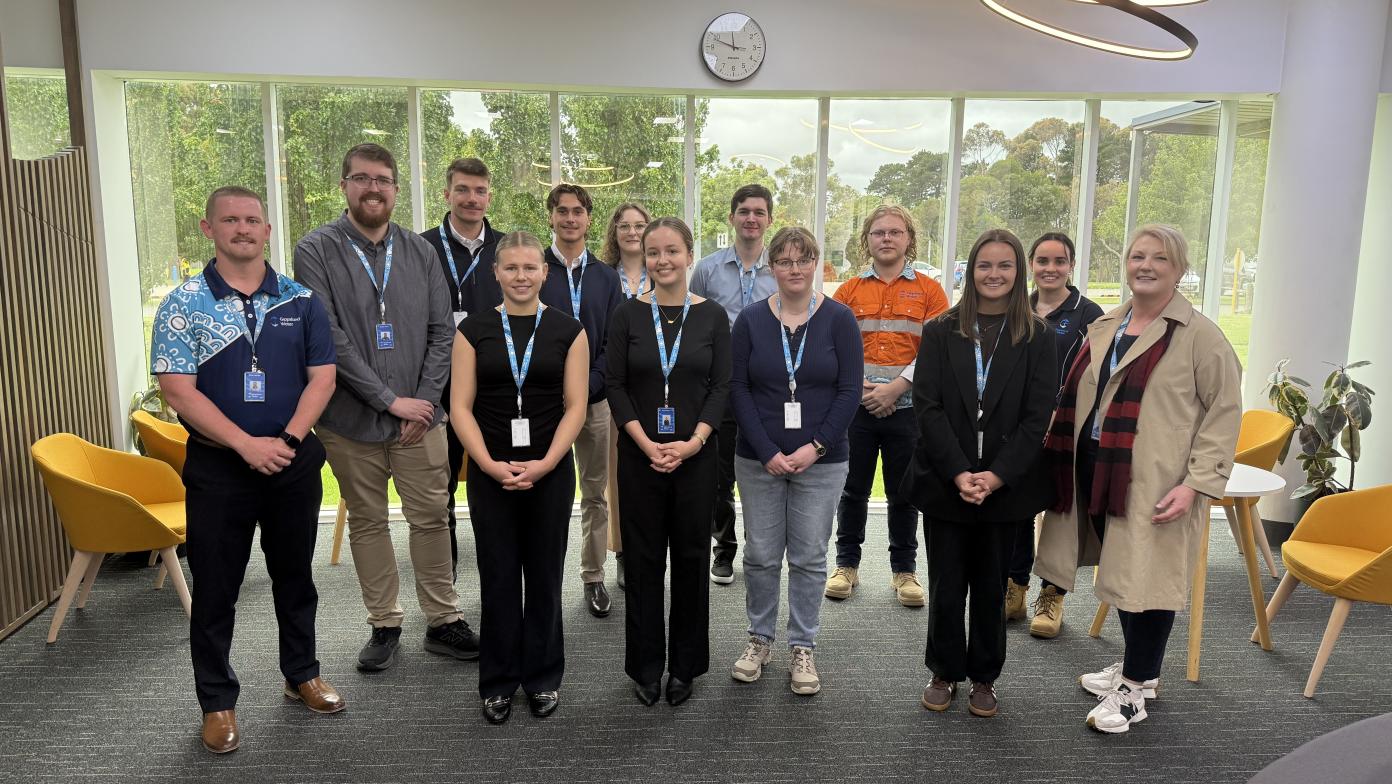Environmental agencies partner to protect rare bugs and crayfish

A project is underway to secure the future of some of Gippsland’s least recognised, but most threatened species.
The three-year initiative to identify and protect new colonies of threatened native invertebrate species is being delivered by Gippsland Water, Federation University, Latrobe Catchment Landcare Network, South Gippsland Landcare Network, with support from the Victorian Government.
Gippsland Water managing director Sarah Cumming said the organisation was thrilled to be part of the Landscape-scale conservation of threatened invertebrates of the Western Strzeleckis project, which focusses on freshwater and burrowing crayfish, the Giant Gippsland Earthworm and another lesser-known local, the Trafalgar Millipede.
“This is another good example of the important environmental stewardship role we play in the region, preserving and protecting local biodiversity for future generations,” Ms Cumming said.
Invertebrate ecologist Dr Beverley Van Praagh has been engaged to undertake surveys of suitable habitat at four Gippsland Water sites.
“Already surveys of our Warragul Wastewater Treatment Plant, Drouin Wastewater Treatment Plant and nearby farmland have uncovered at least two populations of the critically endangered Warragul Burrowing Crayfish,” Ms Cumming said.
“Our team will now work to protect these populations, which we anticipate will include putting up fencing, planting beneficial plant species and ensuring practices on our farmland don’t disturb them.”
Ms Cumming said Gippsland Water was working alongside Latrobe Catchment Landcare Network and South Gippsland Landcare Network and Federation University on the project.
Volunteers from Latrobe Catchment Landcare Network and South Gippsland Landcare Network are also working with other landowners around the area to find and protect other colonies.
Federation University is developing new methods for detecting the animals using environmental DNA techniques, which involves taking and analysing DNA in mud samples to determine the crayfish species living in the area.
Federation University researcher, Dr Faye Wedrowicz, said the university was pleased to be a partner on the exciting collaboration.
“This project will have positive outcomes for the conservation of these under-recognised species and their biodiversity,” Dr Wedrowicz said.



